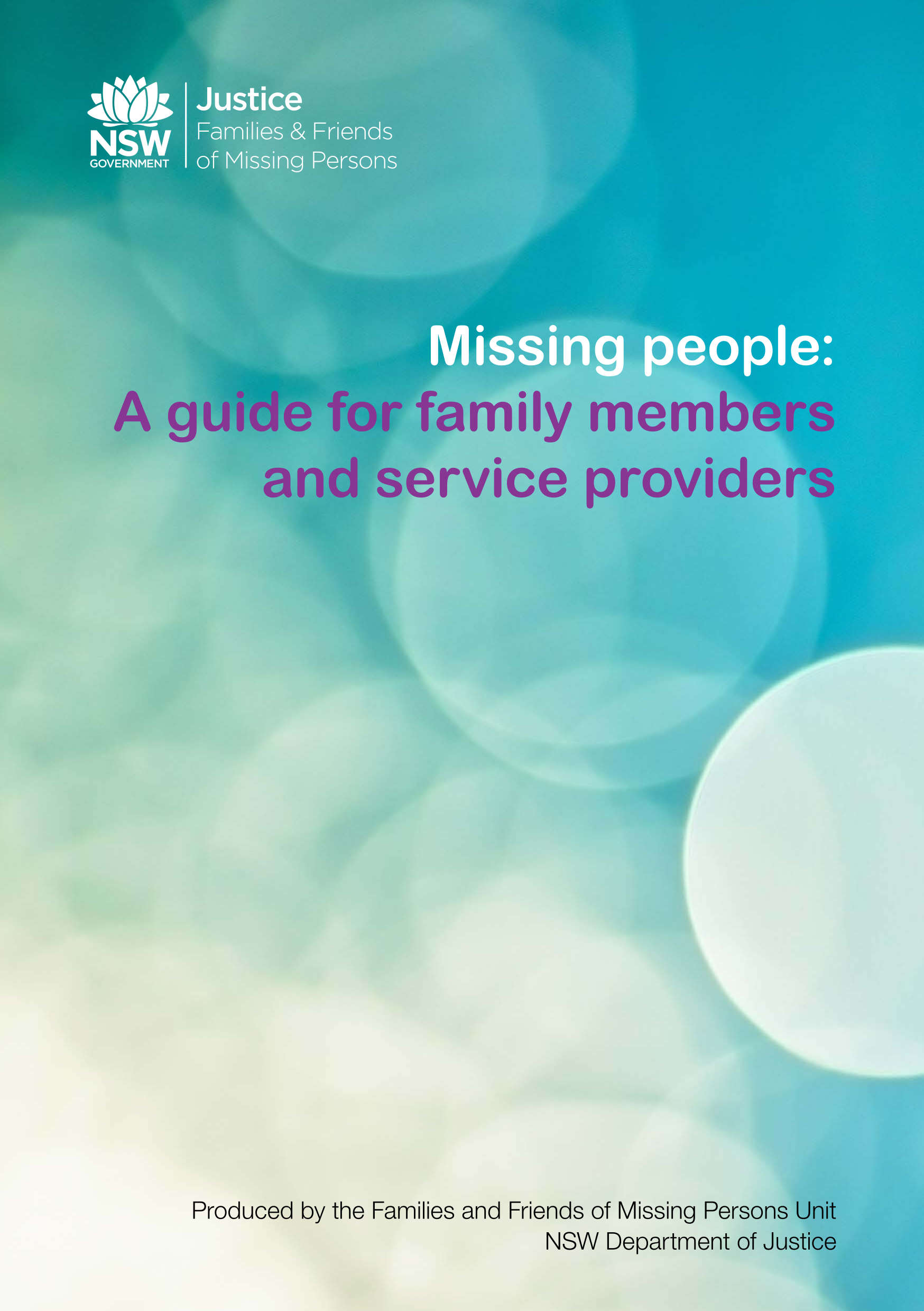Social media platforms such as Facebook, X, Instagram, and Reddit, among others can be very effective tools for raising awareness of a loved one’s disappearance. The information below will help you write an effective post that may assist in locating your missing loved one.
Consider privacy before beginning
In the panic of a loved one’s disappearance, your first thought may be to write a quick public message. Before starting any type of media outreach, it is important to take some time to decide what details should be kept confidential and what can be made public. This is a critical component because it is easier to keep sensitive details confidential at the beginning instead of trying to remove them from the public domain later on.
Be sure to speak with police to make sure that you are not revealing information that might interfere with the police investigation.
Remember that information such as a Social Insurance Number (SIN), passport number, banking information, and other personal identifiers (e.g. date of birth) should be kept confidential. As well, consider holding back details that might embarrass or anger your missing loved one.
Highlights are key
The main reason for using social media is to ask for the public’s help to locate your loved one. Reaching the public is the first step. The second step is to provide a full description to help people recognize your loved one.
Details to Consider:
Who?
In addition to the full name, include any nicknames (or aliases) as well. For example, if Thomas always goes by Tom, it is good to include the shortened version.
Provide a description that includes hair colour, eye colour, height, and weight. Does the missing person have any visible scars? Tattoos? Missing teeth? Any identifiable repetitive habits (e.g., walks on tiptoes, limps, talks to self, etc.)?
When?
Date when last seen or had contact with.
Where?
- Identify both the city and province since city names can be the same across provinces;
- If you know, add the specific area of the city (e.g., intersection, general intersection, etc.).
What?
If you know what the person was wearing at the time of the disappearance, add that to the description, especially if it is distinctive (e.g., a hooded jacket with a logo). What was the person doing (e.g., going to work, walking the dog, running to the shopping mall, etc.)?
How?
Did the missing person use a specific type of transportation (e.g., car, walks long distances, uses public transit, etc.)? If this information is unknown, it is better to leave it off.
Select appropriate photographs
Remember to use photos that are both recent and clear. Since the focus of the search is your missing loved one, crop out other people in the photo. Sometimes the most recent photo is an old one. If this is the only photo you have, include the date of the photo. This lets viewers understand that some changes may have occurred.
Also, if additional photos are available, using more than one is a good idea.
Provide contact information
Make it as easy as possible for those with information to contact police. Always include contact numbers either to the investigator directly, or to the police agency handling the investigation. A good idea is to also include Crime Stoppers for those wishing to remain anonymous.
For your own safety, do not include your personal telephone number or home address.
Before adding the contact information, discuss the appropriate numbers to provide with the officer managing the case.
Keep the public updated
If new information becomes available, provide those details through an update. Keep it brief and simple so viewers can quickly find the new information. The goal is to make it easy to read the update, so viewers do not become bogged down or disinterested.
One strategy for reducing duplicate information is to include a reference link that provides greater details about your missing loved one. The link may be to a police website, an organization’s website (e.g., Ontario’s Missing Adults), or some other source. This helps to limit the need to repeat facts and also provides a point of contact to check on where the missing person case is at.
Do’s and don’ts – additional considerations
- Keep the focus on the missing person. Limit the number of extra or unnecessary images, logos and slogans not related to the missing person. Clutter takes the focus away from your loved one.
- It is easy to become frustrated with police when your missing loved one is not located quickly. However, publicly sharing criticism of police may push some of your audience away.
- Finally, it is important to decide whether to create a new dedicated website or Facebook group, or to use existing ones. Making use of existing sites or groups gives you access to more followers or friends. Starting your own website or group can take a considerable amount of energy and time. If you choose to create something of your own, ask for help from several trusted people (family or friends) to share the workload.
If you decide to make use of existing groups or websites, select those that fit your missing loved one’s situation. For instance, do not post about your missing adult loved one in a group that focuses on missing children. You may not receive the level of interest you are seeking. Look for Facebook groups that feature missing persons from your city, province, or country and ask that your loved one’s case be added. Once you have created your message, explore other social platforms where your message can be added (e.g., Reddit, X, etc.).
This document has been prepared by Ontario’s Missing Adults for general information purposes (05/23). No portion of this document may be copied or used without crediting the original source. Copyright Ontario’s Missing Adults.


